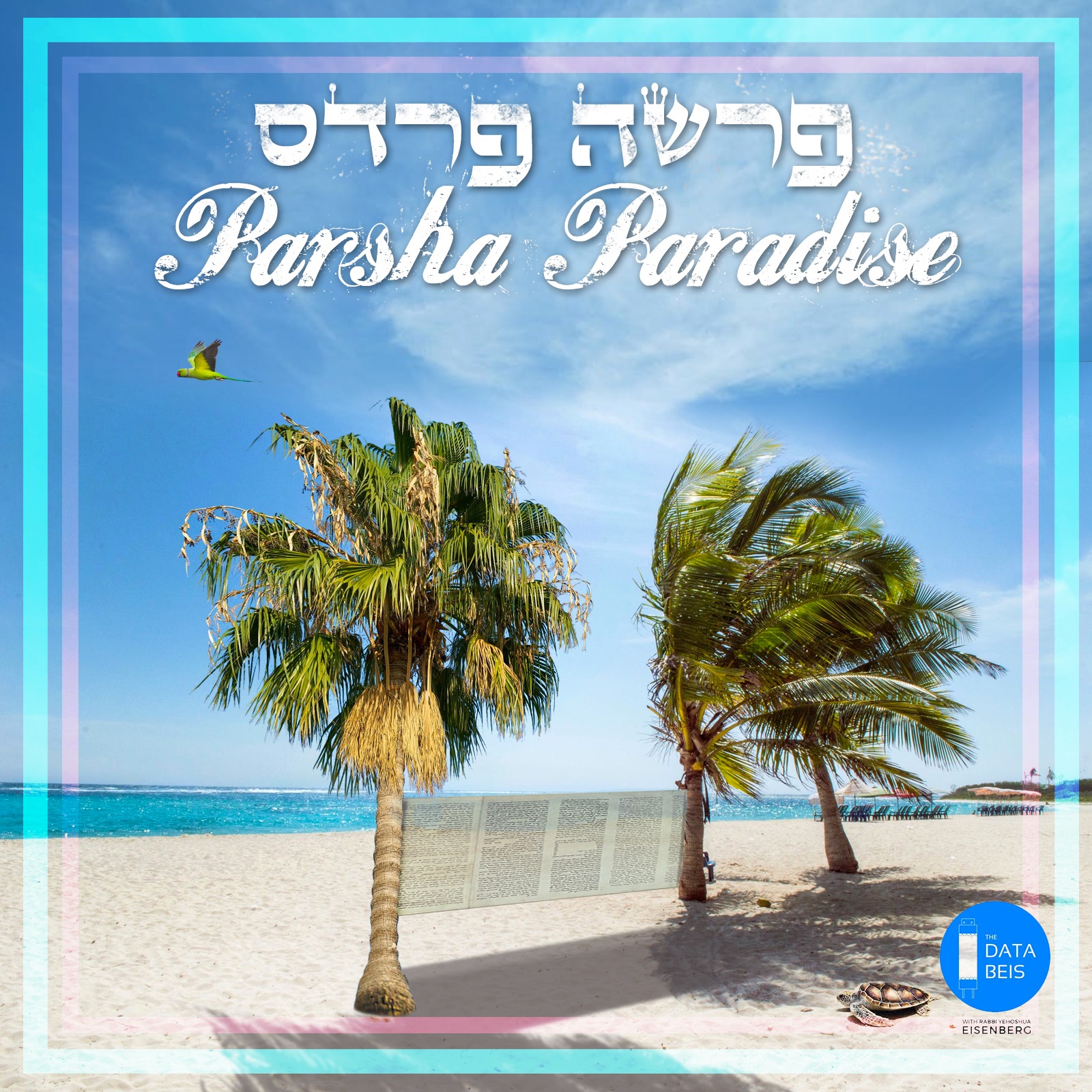This D’var Torah should be a Zechus L’Ilui Nishmas my sister, Kayla Rus Bas Bunim Tuvia A”H, my maternal grandfather Dovid Tzvi Ben Yosef Yochanan A”H, my maternal grandfather Dovid Tzvi Ben Yosef Yochanan A”H, my paternal grandfather Moshe Ben Yosef A”H, my uncle Reuven Nachum Ben Moshe & my great aunt Rivkah Sorah Bas Zev Yehuda HaKohein.
It should also be in Zechus L’Refuah Shileimah for:
-My father Bunim Tuvia Ben Channa Freidel
-My grandmothers Channah Freidel Bas Sarah, and Shulamis Bas Etta
-MY BROTHER: MENACHEM MENDEL SHLOMO BEN CHAYA ROCHEL
-Mordechai Shlomo Ben Sarah Tili
-Noam Shmuel Ben Simcha
-Chaya Rochel Ettel Bas Shulamis
-And all of the Cholei Yisrael, especially those suffering from COVID-19 and the Meiron tragedy.
-It should also be a Z’chus for an Aliyah of the holy Neshamos of Dovid Avraham Ben Chiya Kehas—R’ Dovid Winiarz ZT”L, Miriam Liba Bas Aharon—Rebbetzin Weiss A”H, as well as the Neshamos of those whose lives were taken by terrorists (Hashem Yikom Damam), COVID-19, and the Meiron tragedy.
-It should also be a Z’chus for success for Tzaha”l as well as the rest of Am Yisrael, in Eretz Yisrael and in the Galus.
בס”ד
Sponsored by:
• Anonymous
לע”נ שמואל מנחם בן אריה לייב
לע”נ לאה בת אברהם
לע”נ יהודה חסדא יקיר בן הרב שלמה
For the rest of my audio content, please visit me at The DataBeis:
https://jewishpodcasts.fm/thedatabeis
Parsha Paradise/פרשה פרדס – Vayeitzei: What is the Meaning of Yaakov’s Ladder? ?
Audio:
https://jewishpodcasts.fm/thedatabeis/26099
In the first visual dream recorded in the Torah, Yaakov Avinu sees a sky-scraping ladder upon which angels were ascending and descending. Surely, the Torah did not care to merely report an isolated dream. The dream was obviously a prophecy with deeper meaning. But, what is its meaning?
P’shat:
Pashut P’shat does not just mean literal translation, but a straight read. And sometimes, even the simple read is actually a metaphor. This is presumably the case for Yaakov’s dream which, by design, carries symbolic meaning.
In this vein, Ibn Ezra mentions a couple of Remazim and categorizes them as Midrashic interpretations that wouldn’t satisfy the simple read. However, he does believe Yaakov’s ladder to be a Mashal (metaphor) for the nexus and Shayichus (relevance) between the upper world and the lower world, that Hashem sees everything that happens in this world from above and intervenes in the world below.
(However, Rambam [Yesodei HaTorah 7:3] cites the view of various Midrashim that the dream of the ladder represented the kingdoms that would subjugate the B’nei Yisrael. He appears to take these Midrashim as P’shat.)
Remez:
If a single word in the Torah contains four or more layers of meaning, then certainly a prophetic image in a dream. It therefore makes sense that both the Midrashim and the M’forshim cite several Remazim to explain the ladder.
The most famous and commonly cited of them is that the word “Sulam” (spelled deficiently, i.e. without the letter Vav) carries the same numerical value as “Sinai.” Thus, the ladder connecting heaven and earth is a symbol of Har Sinai and Kabbalas HaTorah which took place there.
Drash:
There is often lot of obvious overlap between Remez and Drash, which is certainly the case for Yaakov’s ladder according to several of the explanations.
However, for the following Drash, we will cite an unrelated approach that appears in a handful of Midrashim and that is that the ladder represents the idolatrous nations standing in this world, how they would ascend a number of “rungs” and then descend [See Tanchuma, Vayeitzei 2:1].
Sod:
Zohar Chadash [Vayeitzei 56] cites what appears to be Machlokes between the Rabbanan and Rebbi Abba. The latter (no pun intended) suggests that the Sulam was a reference to Sinai, the Tana Kama holds that the Sulam was a reference to the Beis Olamim (Eternal House), another name for the Beis HaMikdash (this suggestion can also be found in Midrash Tehillim 78:3). (The dispute may be whether or not the ladder represented the one-time event of Kabbalas HaTorah or the eternal impact of the “Eternal House.”)
Despite the dispute as to the precise, deeper symbolism of the dream, the overall idea is likely the same. Both Har Sinai and the Beis HaMikdash represent the mergers between the upper and lower realms. In this case, the Sod appears to align with the P’shat.
We should all be Zocheh to live with the awareness of the connection between the two worlds and to fully experience Hashem’s Presence in both as He delivers us from all our Galiyos in exchange for the Geulah and the coming of Moshiach, Bimheirah BiYomeinu! Have a Great Shabbos!
-Yehoshua Shmuel Eisenberg

